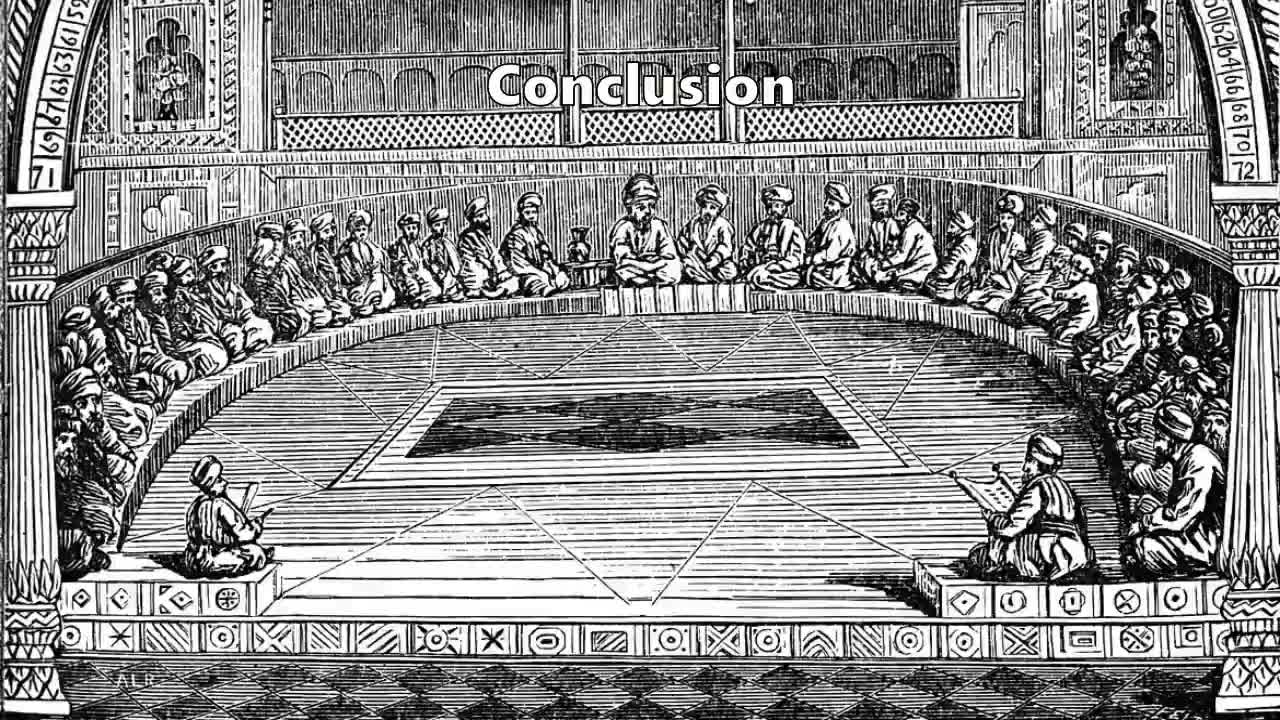Premium Only Content

Yahweh, Yeshua and the gods of Ugarit: Two Yahweh?
Yahweh, Yeshua and the gods of Ugarit
Two Yahweh?
How did first-century, monotheistic Jews so easily worship both Yahweh and Yeshua?
A perspective of Dr Galen Currah, July 2020
Music by Michael Levy, used by permission
wordwatchers.currah.us
Thesis
For two millennia, Israel was surrounded by pagans who believed in two levels of divinity. Israel’s God, Yahweh, employed this common belief to reveal an important truth about his own dual nature.
In Egypt (19th through 15th centuries BCE)
During their sojourn in Egypt, Israelites labored under two levels of divinity: (1) invisible gods who ruled over nature, and (2) Pharaoh who was supposed to serve as an intermediary between the gods and the people.
Thus, Egypt provided a two-level mental model of invisible spiritual gods and of a human intermediary.
In the Land of Canaan (15th through 7th centuries BCE)
In Canaan, Israelites dwelt amongst pagans who held to a two-level co-regency of gods exemplified in Ugarit: (1) El, the Great god who created everything, and (2) Baal, the secondary god who ruled over spirits, men and the weather.
Thus, Ugarit provided a co-regency model of the distant god who empowered an active god whom men could approach.
Amongst the Israelites
The patriarchs of Israelite history and scripture often spoke (1) about Yahweh, who remains invisible in the heavens, and (2) about his Angel, who was visible and appears to humans. Both were the same God.
In Second Temple Judaism (6th century BCE through 1st century CE)
During the Second Temple years (from 516 BCE till 70 CE), some streams of Judaism developed a concept of two Yahweh: (1) the eternal, invisible Yahweh, and (2) a visible, tangible manifestation of Yahweh.
Thus, Jews sometimes referred to “two powers in heaven.” The visible power was also called in Aramaic the Memra and in Greek the Logos, that is, the Word.
In Jewish Christianity (from the 1st century CE)
The early Christians were mostly Jews and converts to Judaism, who recognized Jesus to be both the Messiah and the incarnate Word (Memra).
Thus, Jewish Christians referred to their One God as both the Father in heaven and the Son who came from heaven and has returned into heaven.
In Gentile Christianity (from the 2nd century CE)
Greek and Latin speaking, Gentile Christians abstracted the teaching from Jesus and his apostles into philosophical categories.
When they later came to recognize the Holy Spirit as the spiritual presence of God and of Christ, they formulated their trinitarian doctrine of Father, Son and Holy Spirit.
Thus, they formulated a trinitarian doctrine of the deity of Christ.
The Father = God, the Son = God and the Spirit = God.
The Father ≠ the Son ≠ the Spirit.
In Sub-Christian Sects
All deviant forms of Christianity have denied either the singularity of the True God, or the deity of Jesus Christ.
In Absolute Monotheism
Religions and philosophies that tout the absolute singularity of their Deity do so by denying the trinitarian nature of the Only True God who exists as the eternal invisible Father, as the incarnate eternal Son, Jesus Christ, and as the eternal Holy Spirit.
Conclusion
Many first-century Jews were able to accept that Jesus was God incarnate, because they had already developed a doctrine of two powers in heaven who were Yahweh.
In the following century, non-Christian Jews repudiated that doctrine, inventing the absolute monotheism that other religions have since adopted.
-
 1:39:31
1:39:31
Space Ice
13 hours agoSpace Ice & Redeye: Battlefield Earth & Rob Schneider
71.6K6 -
 1:33:38
1:33:38
Flyover Conservatives
1 day agoAMANDA GRACE | Prophetic Warnings Ignored: What Happens When Leaders Defy God | FOC Show
58.7K19 -
 59:57
59:57
The StoneZONE with Roger Stone
11 hours agoMEDICAL MURDER: A Sneak Peak into the Making of Died Suddenly 2 | The StoneZONE w/ Roger Stone
49.5K11 -
 1:07:03
1:07:03
Tucker Carlson
11 hours agoMother of Likely Murdered OpenAI Whistleblower Reveals All, Calls for Investigation of Sam Altman
147K179 -
 55:44
55:44
LFA TV
18 hours agoCongress Humiliates Itself | TRUMPET DAILY 1.15.25 7pm
147K55 -
 1:42:04
1:42:04
2 MIKES LIVE
12 hours ago2 MIKES LIVE #167 News Breakdown Wednesday!
92.3K15 -
 2:12:19
2:12:19
Quite Frankly
15 hours ago"Fahrenheit 2025: Drone Hysteria, The Fog, Smart L.A." ft. Elana Freeland 1/15/25
98.7K25 -
 1:43:00
1:43:00
Redacted News
14 hours agoBREAKING! CAPITOL POLICE ON HIGH ALERT OVER ATTEMPTS AGAINST TRUMP, MEDIA SILENT | Redacted
205K454 -
 51:09
51:09
Candace Show Podcast
13 hours agoHILARIOUS! TikTok Ban Backfires | Candace Ep 133
158K236 -
 9:42:20
9:42:20
Dr Disrespect
18 hours ago🔴LIVE - DR DISRESPECT - WARZONE - NO MERCY
150K41